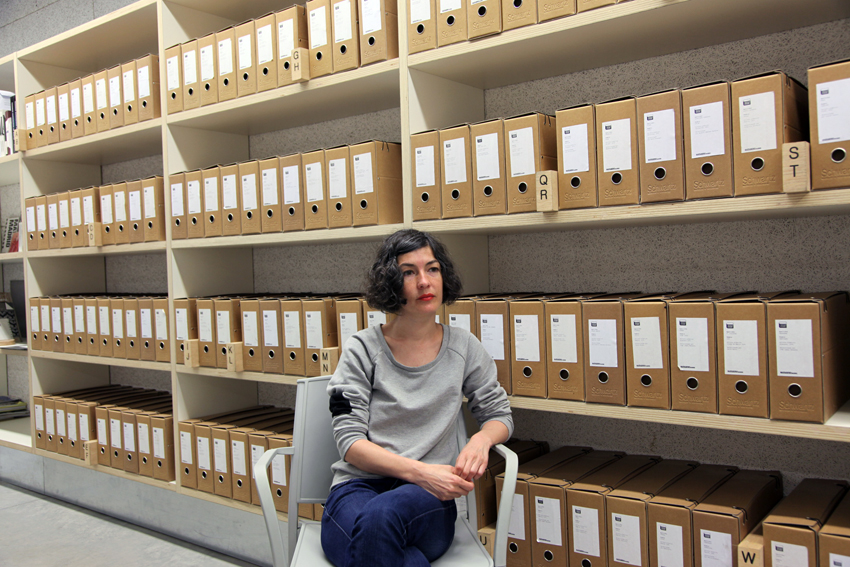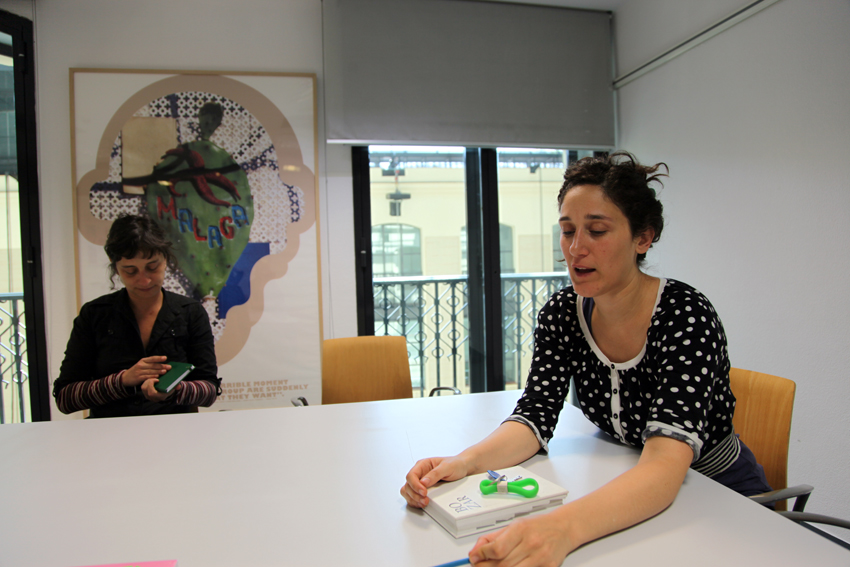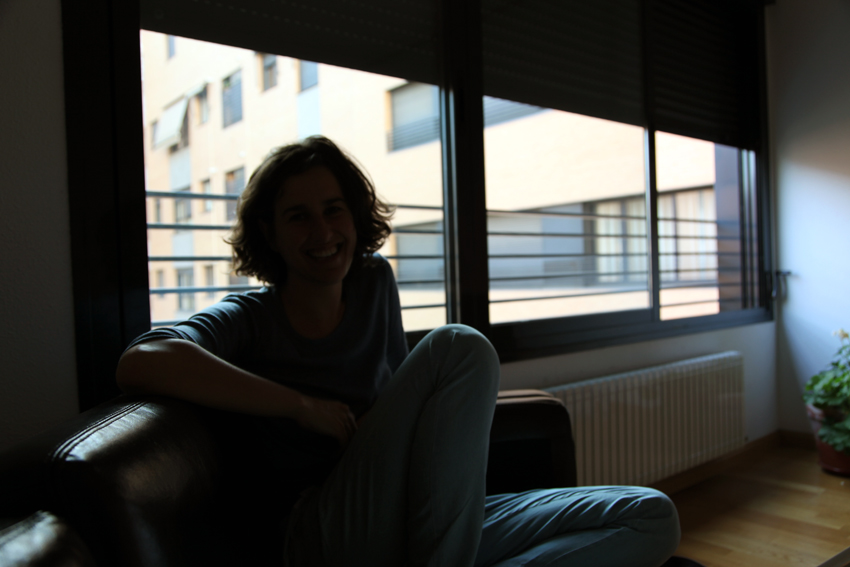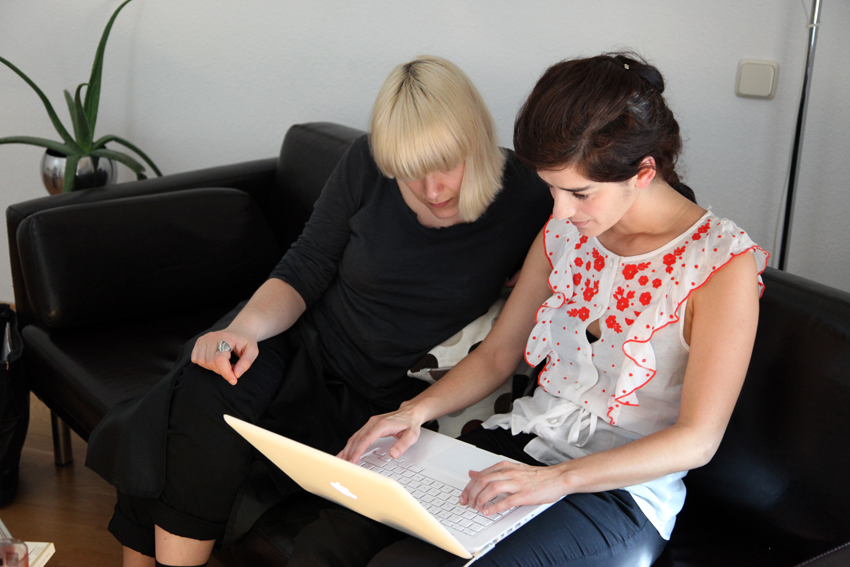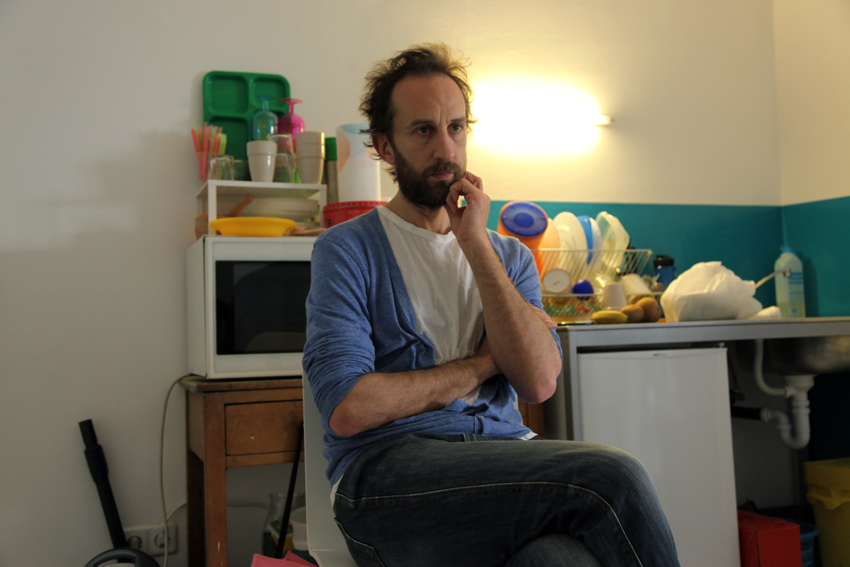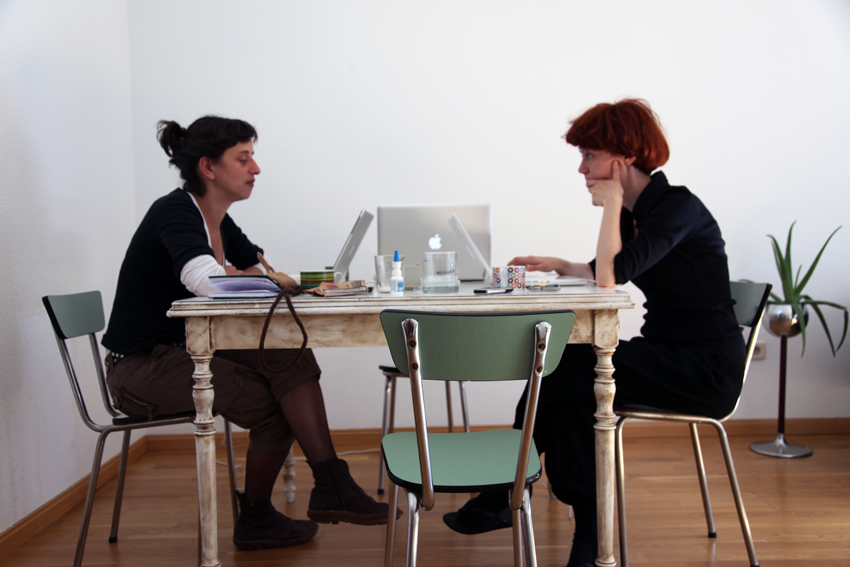escenas discursivas
Research on critical discourses on the contemporary performing arts scene in Madrid || by Ana Vujanovic and Marta Popivoda – TkH: Walking Theory, Belgrade || Matadero – El Ranchito, 2011/12
Summary of the working sessions || Ana Vujanović and Marta Popivoda
Problematics and concepts to be investigated and developed through the interviews:
Questions:
What are the critical concepts and discourses? How are they produced and practiced? Where do they take place? Who are their actors? What are their agencies? What does it mean to be critical at the contemporary performing arts scene in Madrid today? (Critical to what? Critical, for the sake of what?)
critical cultural policies and micro-policies (be they top-down or bottom-up):
- opening the scene toward international context – bringing authors from abroad and including local actors: In-Presentable festival; curators from Europe are not interested in Spain and Madrid
- creating space for continual public talks and dialogues – festivals: before Desviaciones, Situaciones; now In-Presentable, series of lectures in Museo Reina Sofia
- collaboration between university and the scene – José A. Sánchez, Artea research group, Jaime Conde-Salazar Pérez – Aula de Danza Estrella Casero de la Universidad de Alcalá de Henares / vs. university and the practice are not connected at the performing arts scene
- meeting point of performing and visual arts – La Casa Encendida, Matadero, Museo Reina Sofia, José A. Sánchez, Master en Práctica Escénica y Cultura Visual (Master in Performing Arts Practices and Visual Culture)
- publishing (books, magazines, blogs): Cairón magazine (Artea), Continuum Live arts blog (Celia Díez Huertas, Marta Muñoz Recarte, Jaime Conde-Salazar, Francisco Villar), Tea-tron.com net of the blogs, Archivo Virtual de Artes Escénicas (Artea: Óscar Cornago), key books: José A. Sánchez, Desviaciones, 1999; José A. Sánchez, Situaciones, 2002; José A. Sánchez, Jaime Conde-Salazar (Editors), Cuerpos sobre Blanco, 2003; José A. Sánchez, Artes de la escena y de la acción en España 1978-2002, 2006 (2004); Juan Domínguez, In-presentable 03-07, 2007
- creating the context – before Maria La Ribot, Ana Buitrago, Blanca Calvo / vs. investing only in your own work; today also Juan Domínguez (dance practice) and José A. Sánchez (theoretical field and education)
- providing space for work: La Casa Encendida, Cuarta Pared, Teatro Pradillo, Sala Triángulo, Off Limits gallery, (Matadero – is just starting) / vs. no free places for work, a lot of studios that you should rent
- collaboration between public/private institutions and independent/freelance scene – La Casa Encendida: In-Presentable, Artea
working session #4 || Victoria Pérez Royo
During the working session, Victoria was developing a theoretical systematization of the Madrid performing arts scene, directly addressing the issue of critical practices and discourses that appear and operate on it. Her approach was also subjective, but not personal. She comes from Madrid, but is based in Berlin, and is involved in few programs here (Master program and Artea).
working session #3 || Isabel De Naverán
Isabel comes from Bilbao, and she is connected to the performing arts scene in Madrid only through a few programs (mostly, In-presentable and Artea). From this working session we have gotten a very partial and yet very detailed overview of the scene, i.e. overview of the part of the scene in which she is involved. On the other hand, this session was also important in order for us to understand how someone who is from Bilbao can and has opportunity to take part in the scene here.
working session #2 || Juan Domínguez
Juan has a long history at the scene as its prominent actor; he worked here already in the 80s, then left Madrid, and then has come back partially in recent years. His approach to the scene and its critical discourses was subjective and personal, and through the (his)tory of himself as performance maker (choreographer, dancer, programmer) he was telling us the (his)story of the scene – as they overlap in many aspects.
working session #1 || Catarina Saraiva
As someone who doesn’t come from Madrid, and who moved here only a year and a half ago, Catarina had made her own research based on a lot of interviews, before she had the working session with us. Therefore, what we got from this session is an as-objective-as possible (however, always subjective and interpretative) map of the scene, including an extensive list of ‘interesting’ people, events, and venues, as well as some terms (like two big ‘families’ of artists) that are used in the jargon of the scene.
